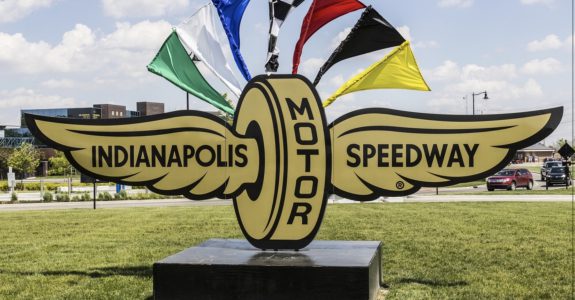Claire Fiddian-Green is the President & CEO of the Richard M. Fairbanks Foundation.
Earlier this month, the U.S. Department of Education released 2017 results from the National Assessment of Educational Progress (NAEP), also known as the Nation’s Report Card. NAEP, which has been administered nationally on a biannual basis since 1969, assesses 4th, 8th and 12th grade student proficiency in math, reading, science and other subjects. Participation in NAEP is voluntary, except that states that receive federal Title I funds are required to administer NAEP to students in 4th and 8th grade in both reading and math.
The latest results show good news for Indiana’s students. 4th and 8th grade NAEP scores in reading have increased since 2011 and are above the national average. 4th and 8th grade NAEP scores in math are also above the national average and have remained steady since 2011.
There is also good news for Indiana’s Black and Hispanic 8th grade students, who have demonstrated growth in reading since 2011. In addition, Black 8th grade students achieved more growth in math between 2015 and 2017 than White or Hispanic students, narrowing the achievement gap between these student sub-populations.
We should celebrate the hard work by Indiana students and their teachers that has resulted in these achievements. They are significant and important accomplishments. And while we can’t pinpoint with certainty the root causes of these testing gains, it’s probable that Indiana’s efforts since 2009 to increase the rigor of math and reading classroom standards and to require elementary school students to spend more time reading have played a contributing role.
However, we cannot ignore the fact that, in 2017, only 48% of students in 4th grade and 38% of students in 8th grade scored at or above Proficient in math, and only 41% of students in both 4th and 8th grade scored at or above Proficient in reading. This means that more than half of Indiana’s 4th and 8th grade students haven’t mastered the content they require for academic success. None of us should consider these results even remotely satisfactory.
The continued strength of Indiana’s economy requires us to double down on efforts to prepare our K-12 students for academic success. This begins with ensuring Indiana’s pre-service teachers receive world-class preparation that combines subject-matter content with effective teaching and classroom management practices. Pre-service teachers must also gain real-life classroom experience through rigorous, year-long residency programs. Once they are in the classroom, teachers should have access to a meaningful career ladder that supports their ongoing professional growth and leadership development – and enables teachers to earn higher salaries as they advance up the ladder.
Indiana’s recent NAEP results deserve our praise, but we can’t rest on our laurels. The future of our state lies in the hands of today’s students, and we should intensify our efforts to ensure every child in every school receives the instruction necessary to achieve academic proficiency in math, reading, science, social studies, and more. These are the critical building blocks that will help ensure Hoosier students graduate from high school well-prepared for post-secondary education and training, a career, and meaningful civic engagement.



